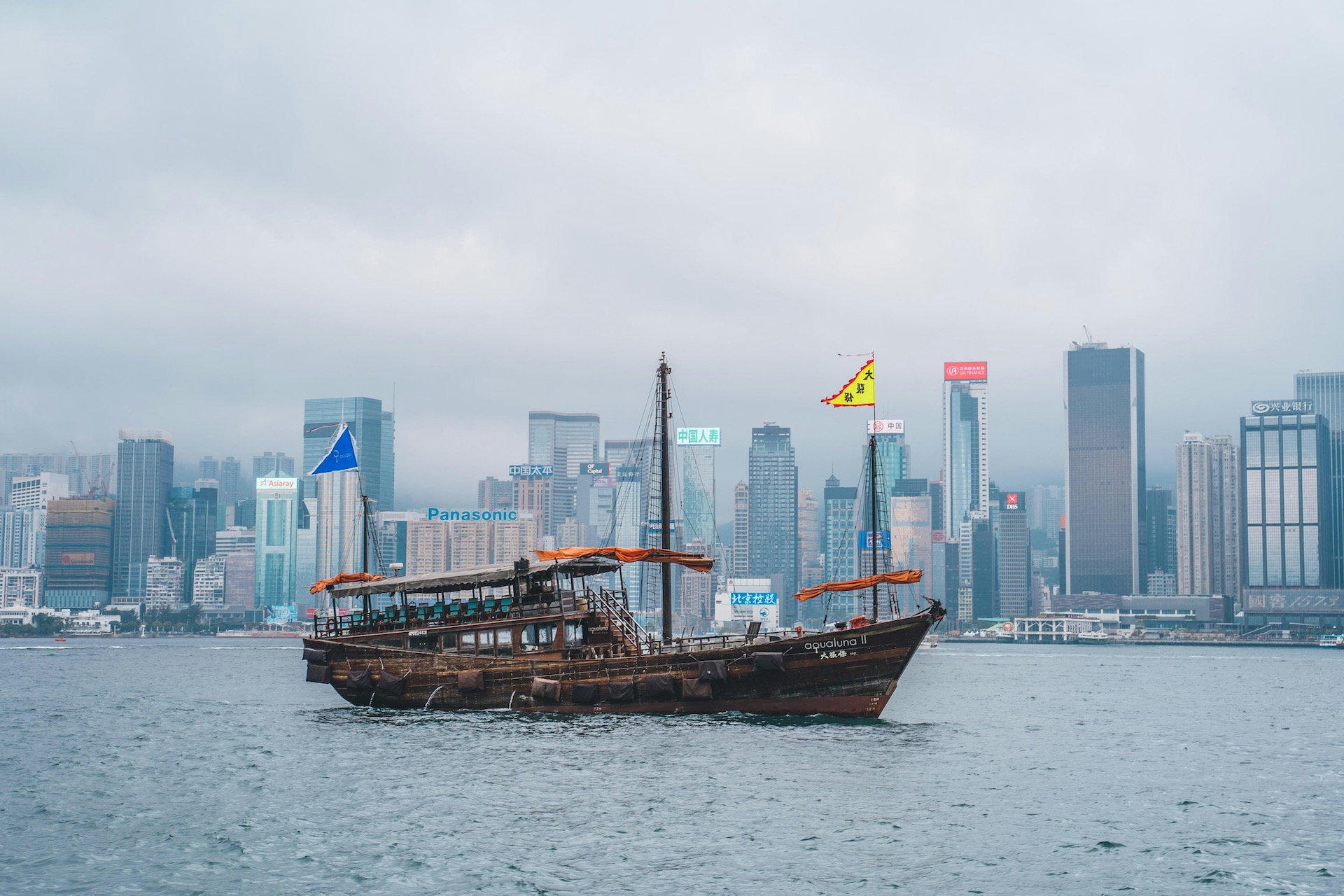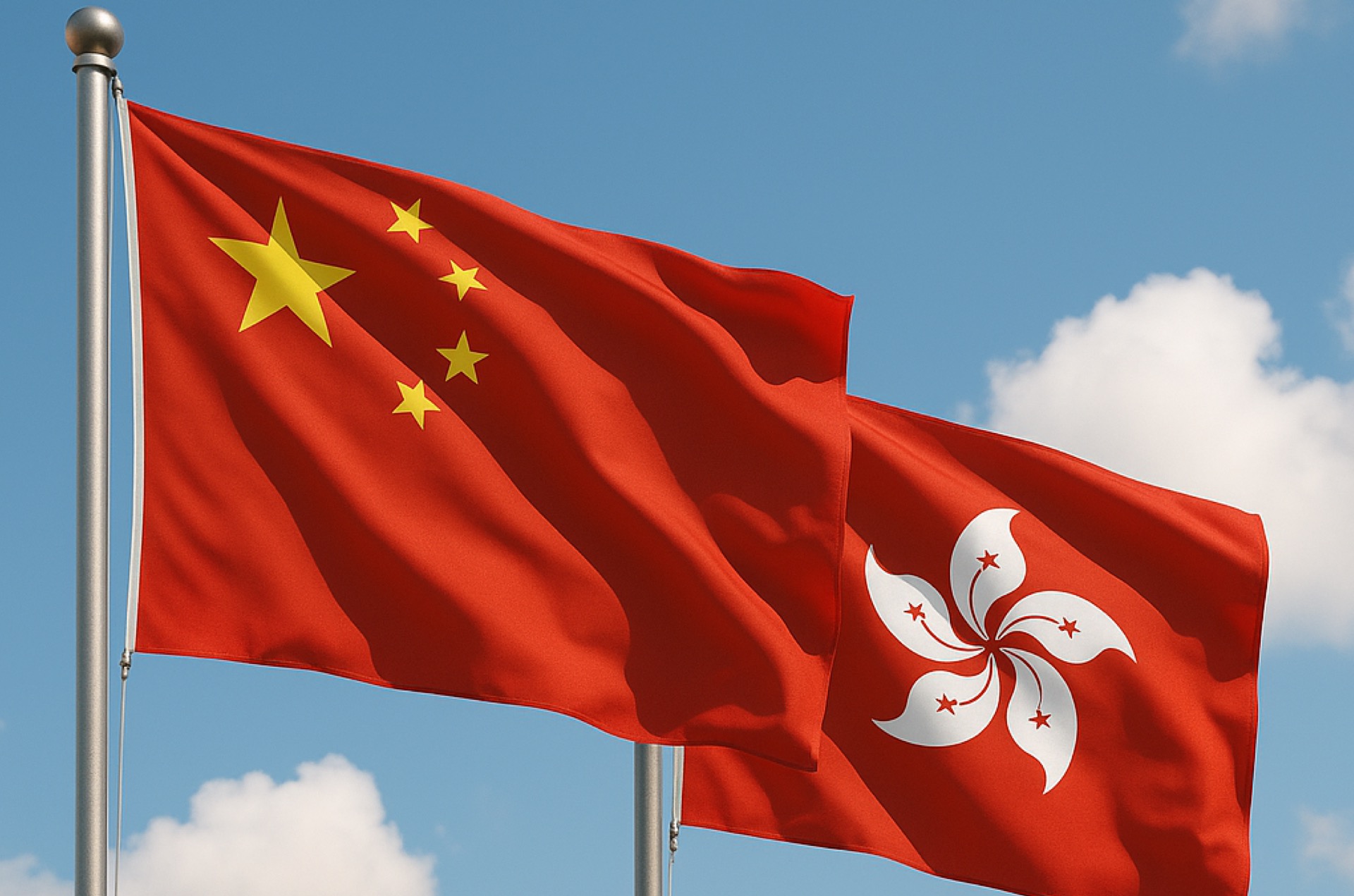Ancient Origins (Prehistory - 1841)
Early Settlements
Archaeological evidence shows human activity in Hong Kong dating back over 6,000 years. The region was inhabited by various indigenous groups, including the Tanka boat people and Hakka farmers, who lived off fishing, pearl diving, salt production, and agriculture.
Imperial China Era
During the Tang Dynasty (618-907 AD), Hong Kong became part of the Chinese empire. The area served as a strategic military outpost and salt production center. During the Song Dynasty (960-1279), the last emperors of the Song fled to what is now Kowloon City, leaving behind historical sites still visible today.
Fishing Village Heritage
Before British arrival, Hong Kong was a collection of fishing villages and farming communities. The name "Hong Kong" (香港) means "Fragrant Harbour," possibly referring to the incense factories on Aberdeen Harbor or the sweet-smelling waters of the Pearl River Delta.



